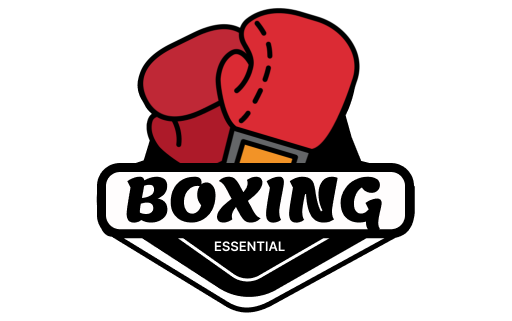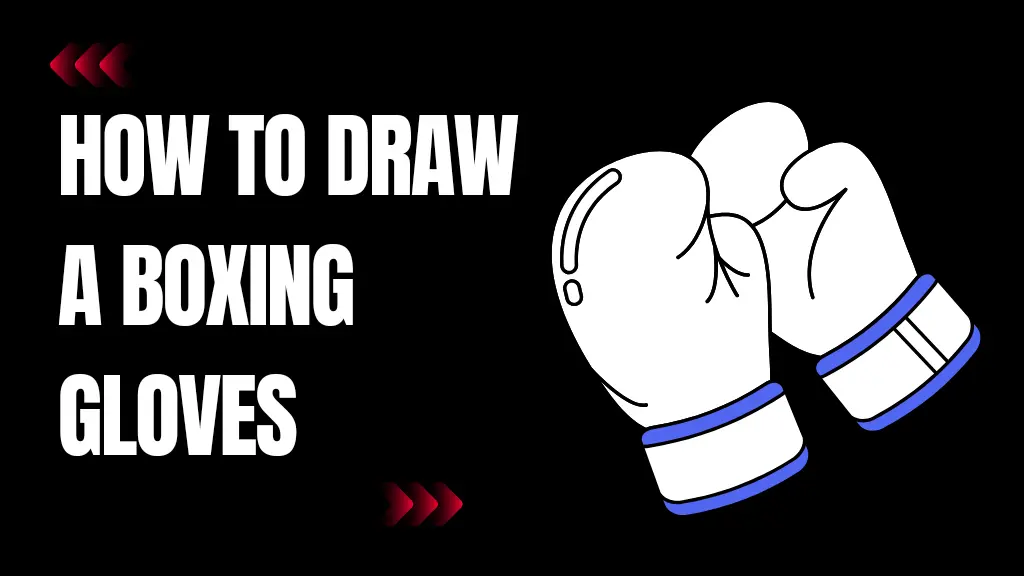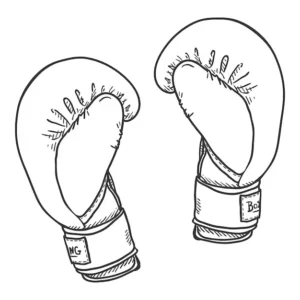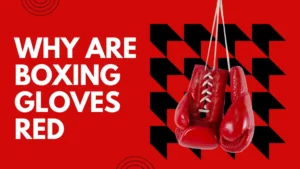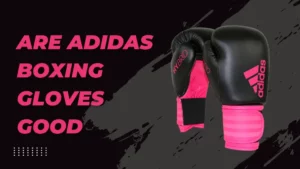Welcome to the fascinating world of boxing glove artistry! Learning how to draw boxing gloves can be a rewarding and enjoyable journey for any aspiring artist. Whether you’re a boxing enthusiast or just passionate about art, this guide will take you through the process step by step, ensuring that your drawings capture the essence of these iconic sports accessories.
Why Learn to Draw Boxing Gloves?
Before we dive into the artistic process, let’s explore why drawing boxing gloves can be a valuable skill. Beyond the joy of creating visually appealing art, understanding the anatomy and details of boxing gloves enhances your appreciation for this integral piece of sports equipment. It’s a unique blend of sports and art that allows you to showcase your creativity.
Basic Sketching Tools You’ll Need
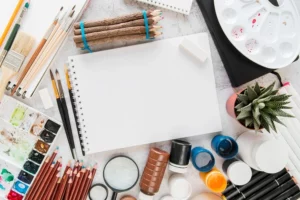
To kickstart your artistic venture, assembling the right tools is essential. Here’s a breakdown of the basic sketching tools you’ll need:
Pencils and Erasers
When it comes to pencils, opt for a variety of hardness levels. Ranging from 9H (hard) to 9B (soft), each pencil provides a different level of darkness and texture to your sketches. Harder pencils (H) are great for fine lines and details, while softer ones (B) are perfect for shading and creating darker tones. A good eraser is equally important to rectify mistakes and refine your work. Choose a soft, kneaded eraser for gentle corrections without damaging the paper.
Paper
Investing in quality sketch paper can significantly enhance your drawing experience. Look for a smooth surface that accommodates pencil strokes with ease. Medium-weight paper is ideal for most sketches, providing a balance between sturdiness and flexibility. Consider the size of your artwork and choose the appropriate paper dimensions. Additionally, for those inclined toward digital art, a drawing tablet offers a seamless and convenient alternative. It provides a different tactile experience and opens up a world of digital possibilities, allowing you to explore various techniques and styles.
Step-by-Step Guide to Drawing Boxing Gloves
Embarking on the journey of drawing boxing gloves involves a systematic approach that combines precision with creativity. Let’s break down the process into three key steps:
Sketching the Outline
Embarking on your journey to draw boxing gloves starts with creating a foundation through a well-crafted outline. Follow these steps.
- Light Strokes: Begin with light strokes to outline the overall shape of the gloves. Pay attention to the proportions, ensuring accuracy in capturing the size and form of each glove.
- Focus on Shape: Define the shape of the gloves, considering factors like the size of the knuckle area, the curve of the thumb, and the overall contour. This initial outline sets the stage for the detailed work that follows.
- Consider Perspectives: If drawing a pair of gloves, consider the perspective. Ensure that both gloves are consistent in size and shape, taking into account any foreshortening or angle differences.
- Refine as Needed: Don’t hesitate to refine your outline as you progress. Use erasers to adjust any inaccuracies, honing in on the specific details that will bring your gloves to life.
Adding Details
Once you have a solid outline, it’s time to infuse your drawing with intricate details. Follow these steps to add authenticity to your gloves:
- Stitching Patterns: Zoom in on the stitching details. Boxing gloves often feature elaborate stitching patterns, especially around the knuckle area and along the seams. Carefully replicate these patterns, using fine lines to capture the intricacy.
- Logo Representation: If the gloves you’re drawing have a brand or team logo, this is the moment to showcase it. Research the logo thoroughly and replicate it faithfully. Pay attention to size, placement, and any unique elements that make the logo distinct.
- Texture and Material: Use your strokes to convey the texture of the gloves. Whether they’re leather, synthetic, or a combination, each material has a unique texture. Experiment with shading to simulate the feel of the material, enhancing the realism of your drawing.
- Fine Details: Add any fine details, such as ventilation holes or additional design elements unique to the gloves you’re illustrating. These small touches contribute to the overall authenticity of your artwork.
Shading for Realism
To bring your boxing gloves to life, master the art of shading. Follow these steps to achieve a three-dimensional appearance:
- Light Source Consideration: Identify the direction of your light source. Consistent lighting adds realism to your drawing. Imagine where shadows would naturally fall based on the placement of the light.
- Gradual Shading: Start with light shading and gradually build up darker tones. Focus on areas where shadows naturally occur, such as the spaces between fingers, under the thumb, and along the edges of the gloves.
- Blend Techniques: Experiment with blending techniques to smooth transitions between light and dark areas. This creates a more realistic and polished look.
- Check for Consistency: Regularly step back and assess your shading for consistency. Ensure that the shadows and highlights align with the overall form and shape of the gloves.
Common Mistakes to Avoid in Drawing Boxing Gloves
Creating a realistic and compelling illustration of boxing gloves requires attention to detail and precision. Here are common mistakes to steer clear of during your artistic process:
Incorrect Proportions
One of the primary pitfalls to avoid is incorrect proportions. Be mindful of the size and shape of the gloves about each other and the overall composition. Ensure that the fingers, thumb, and padding maintain a realistic balance. Incorrect proportions can make your gloves appear unrealistic and detract from the overall authenticity of your drawing. Regularly reference your outline and compare it to your reference materials to catch and correct any proportion discrepancies.
Lack of Texture
To truly bring your boxing gloves to life, incorporate texture into your drawings. Without texture, gloves may appear flat and lack the tactile feel of leather and padding. Experiment with different shading techniques to simulate the grainy texture of leather and the softness of padding. Pay attention to the nuances in texture on various parts of the gloves, such as the smoother surface of the thumb area compared to the textured padding on the knuckles. Adding texture contributes significantly to the realism of your artwork.
Inaccurate Logo Representation
If your boxing gloves feature logos or branding, accuracy is paramount. Inaccurate logo representation can diminish the authenticity of your drawing. Research the logos thoroughly, noting specific details like font style, size, and positioning. Replicate logos faithfully, using precise strokes to capture their intricacies. A well-executed logo enhances the overall quality of your drawing and showcases your commitment to detail.
Drawing is a skill that evolves with time and dedication. Here are some valuable tips to help you enhance your drawing abilities:
Practice Regularly
Consistency is key to improvement. Dedicate regular time to practice your drawing skills. Whether it’s a daily sketch or a weekly project, consistent practice hones your abilities, allowing you to refine your technique and gain a deeper understanding of the art form. Set achievable goals, challenge yourself with new subjects, and document your progress. Over time, you’ll notice significant growth in your drawing skills.
Seek Feedback
Engaging with fellow artists and seeking constructive feedback is an invaluable part of the learning process. Share your drawings with peers, mentors, or online communities dedicated to art. Constructive criticism provides fresh perspectives, helping you identify areas for improvement that you might have overlooked.
Explore Different Styles
Artistic growth often comes from stepping out of your comfort zone. Experiment with various styles to discover what resonates with you. Explore different techniques, genres, or themes in your drawings. This exploration adds versatility to your artistry, allowing you to develop a unique and distinctive style. Whether it’s realism, abstract, or a fusion of styles, embracing diversity in your art expands your creative horizons.
Drawing Gloves for Different Boxing Styles
Creating accurate illustrations of boxing gloves requires a nuanced understanding of the distinct features associated with various styles. Let’s delve into the details of drawing gloves tailored for different boxing purposes:
Training Gloves
When drawing training gloves, prioritize the design elements that emphasize durability and comfort. Training gloves are crafted to withstand rigorous use, making durability a key focus. Showcase reinforced stitching and materials that can endure repeated impact. Highlight the padding distribution, ensuring it provides ample protection for the knuckles and back of the hand.
Sparring Gloves
Illustrating sparring gloves requires a keen eye for the delicate balance between protection and flexibility. Emphasize the padding in sparring gloves, particularly around the knuckles and thumb, showcasing its density and placement for optimal protection. Unlike training gloves, sparring gloves often prioritize flexibility to allow boxers to execute movements comfortably.
Professional Boxing Gloves
Professional boxing gloves demand attention to craftsmanship and meticulous detail. Highlight the features that showcase the artisanal quality of these gloves. Pay close attention to stitching patterns, ensuring they are intricate and flawlessly executed. Depict the quality of the materials used, emphasizing premium leather and fine craftsmanship.
Conclusion
Drawing boxing gloves is not just a creative pursuit; it’s a journey of understanding the intricate details of a sports accessory. Through practice, exploration, and a touch of artistic flair, you can bring these gloves to life on paper or screen. Embrace the therapeutic nature of this hobby, share your creations, and continually strive to improve. Happy drawing!
Frequently Asked Questions (FAQs)
How long does it take to learn to draw boxing gloves?
Learning times vary, but consistent practice yields improvement over time.
Can I use digital tools for drawing boxing gloves?
Yes, digital tools offer versatility and convenience for artists.
What are the best shading techniques for realistic gloves?
Experiment with hatching, cross-hatching, and blending for realistic shading effects.
Related Post:
